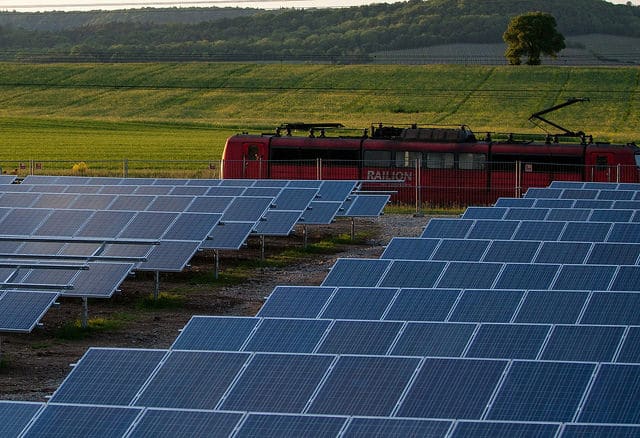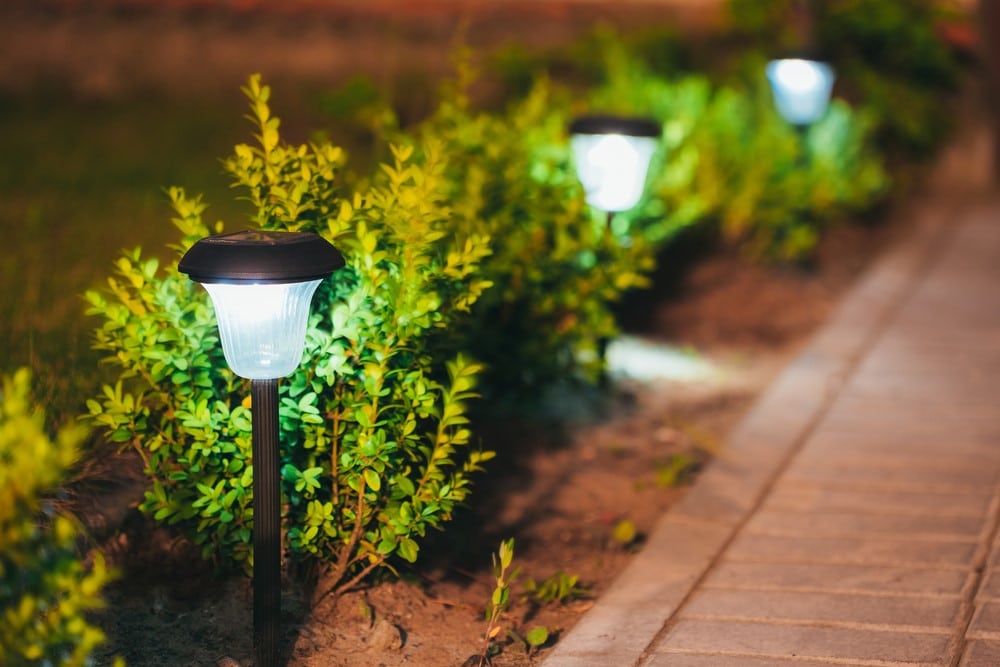
Solar Power – A Thing of the Past, Present, and Future
Where It All Began…
The capture and use of solar energy is far from new, as way back in the 7th century, sunrays were magnified to create fire. Fast-forward to the 19th century and we see the beginnings of the modern solar photovoltaics, which are used in solar panels today. First discovered in 1876 by William Grylls Adams, a professor at King’s College London and his student, Richard Evans Day; together the pair created an electrical current in selenium solely by exposing it to light and therefore discovering the photovoltaic effect.
8 years later the American inventor Charles Fritts coated selenium with a thin layer of gold creating a solar cell with a conversion efficiency of 1%. They were used for the world’s first rooftop solar array in New York City in 1884 but because of the expensive material cost, adoption on a wider scale never took off.
At the turn of the 20th century in 1905, Albert Einstein published the first theoretical work describing the photovoltaic effect explaining that light contained packets of energy he called “light quanta”, known today as photons. Einstein’s theory helped explain how photons, when properly connected in a circuit, could generate electricity. Later he won the Nobel Prize for his discovery of the law of the photoelectric effect.
Solar Improvements Over the Years
Over the next 60-70 years scientists continued to improve the efficiency of solar cells with the use of silicon. However, it wasn’t until 1973 when the Arab oil embargo caused oil prices to double over night, that we saw significant investment in solar energy production to reduce the western worlds reliance on fossil fuels.
It’s in the last decade that we have really seen the rise in Solar PV adoption. The environmental aspect of burning fossil fuel, led to governments around the world heavily investing in research and subsidies to encourage both domestic and commercial uptake of solar PV energy generation.
Since the introduction of the Feed-in-Tariff (FiT) in the UK in 2010 (according to a leading UK Solar Power company, MyPower) the country has seen significant growth in the Solar PV industry. Initially the FiT offered a huge 41.3p per kWh of energy produced which is significantly more than what is currently offered (4.1p). However, purchasing solar panels back then was much more expensive. Those who could afford the initial outlay were soon reaping the enormous financial rewards.
Since 2010 the Feed in Tariff has reduced with the scheme closing to new entrants in March 2019. The governments withdrawal of the FiT for new entrants has largely been due to the huge uptake of solar in the UK which has been influenced by falling installations costs. Nowadays solar panels are able to process 15-22% of the sun’s energy into usable power unlike the 1% seen back in 1884!
FiT payments are on top of significant benefits received from Solar PV; reduced electricity bills, fixed price electricity for 25 years at 5 pence/unit, reduction in your carbon footprint and a return on investment of 12-16%.
Should I Go Solar?
Official Government figures predict solar could become one of the cheapest forms of electricity within the next decade and it can be done without any form of state subsidy. The traditional FiT subsidies will close to new entrants next year and the government have not given away, what, if anything in the way of a subsidy or a grant system will replace it. However, solar PV can still be an exceptionally worthwhile investment particularly for businesses (of any size) with a high energy use – especially with rising electricity prices!
Solar panels for business are cheap, low maintenance and a reliable supply of energy, which is protected against price rises and an alternative to grid supplied electricity. Average payback length is 6-8 years and a solar investment can be cash flow positive in as little as 2 years. With low interest rates and the additional tax benefits, solar is therefore viewed as a low risk investment.
What does the future hold for Solar Power?
Predictions by Bloomberg New Energy Finance and Eaton say that solar and other forms of renewables such as wind will generate more than half of the UK’s energy requirements by the mid-2020s. Their experts also predict the cost of the technology to more than halve by 2040 contributing to the increase in renewable energy use.
With the momentum gaining for electric cars and the UK Government’s announcement to stop all sales of petrol and diesel cars by 2040, the demand for electricity will only push up our requirements for renewables.
Battery storage of this green energy is now needed more then ever and we are seeing huge strides in their development and storage capabilities. Some of the worlds biggest brands are investing in research into battery storage and their costs have come down some 40% in the last 2 years. However, they are still expensive and most of the time don’t stack up financially in commercial settings. In megawatt-hours, battery energy storage capacities installed in the UK by the end of 2022 will be 50 times what they were in 2017. Experts forecast that the installation of battery storage is set to rise more than 200% year-on-year going forward, as costs fall.
Biofriendly Planet would like to thank Leanne Thompson for her informative contribution to our environmental magazine. After discovering her passion for writing whilst at university, Leanne decided to spend the last year becoming a freelance writer. She particularly enjoys writing about current environmental trends, and really wants to do her bit to help spread environmental awareness. In her spare time Leanne enjoys reading, baking, and travelling around the country with her partner.




Post a comment